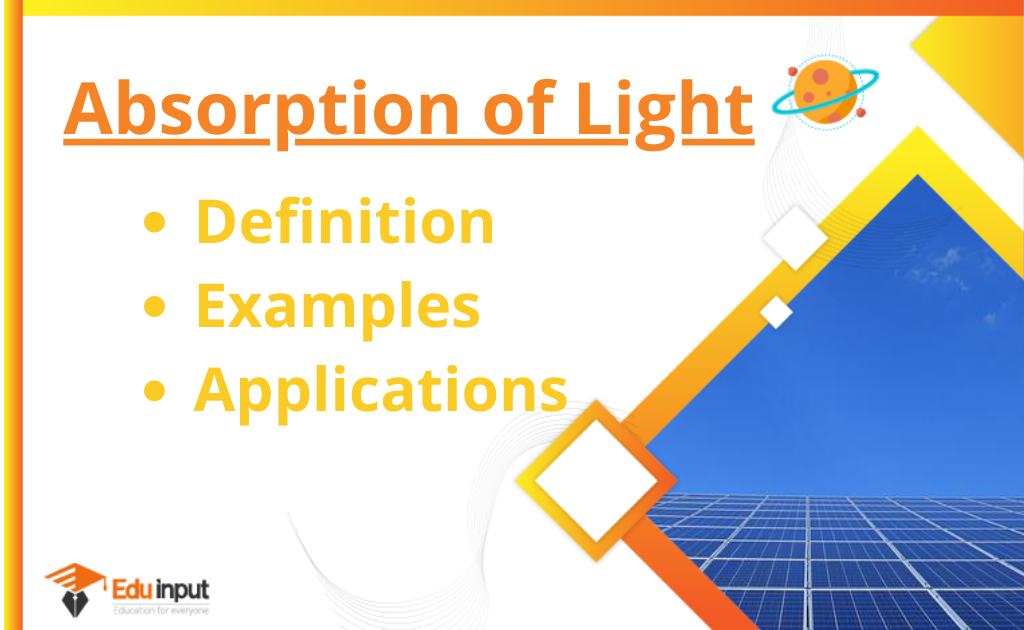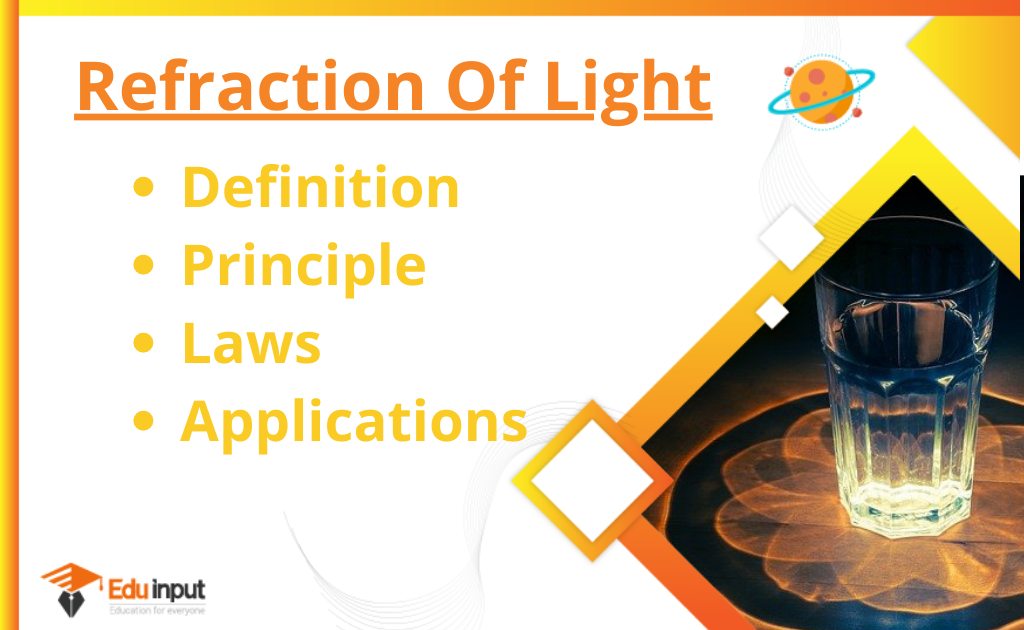Reflection of Light-Definition, Laws, Types, And Examples
A reflection of light waves is a change in direction of a wavefront at an interface between two different media so that the wavefront returns to the medium from which it originated.
What is the Reflection of light?
Reflection of light occurs when light rays are reflected by the surfaces of the objects, and it occurs in three ways. The reflection of light, sound, and water waves are common examples. The law of reflection states that the angle at which the wave is incident on the surface is the same as the angle at which it is reflected.
Reflection occurs when light bounces off a smooth surface, like glass or metal. However, if the surface is rough, then the light may reflect off of the surface and continue traveling along its original path.
A complete reflection of light within a medium such as water or glass from the surrounding surfaces back into the medium is called total internal reflection. Total internal reflection is the basic principle of fiber optics.
Laws of Reflection
- The normal to the reflection surface at the point of the incidence lies in the same plane as the incident ray.
- The angle which the incident ray makes with the normal is the same as the angle the reflected ray makes to the same normal.
- The reflected and incident rays are not on the same side as the normal.
Types of Reflection of Light
There are various types of reflection of light.
- Regular reflection
- Diffused reflection
- Multiple reflections
Regular reflection
In regular reflection, the angle of reflection of the light is the same as the angle of incidence and on the opposite side of the normal to the point of incidence.
Diffused reflection
Light hitting the surface of a non-metallic material causes it to bounce off in all directions due to reflections by the tiny particles inside the material. If it is rough, the grain boundaries of polycrystalline material and the cell or fiber boundaries of organic material are taken into account. Thus, an image is not formed. diffuse reflection is a type of reflection.
Multiple reflections
More than one reflection between the source and detector is called multiple reflections. As a wave travels through the earth it splits into two waves, one reflected and the other transmitted.
Reflection of light examples
These are some objects that reflect light.
1. Mirrors
2. Eyes
3. Water Surface
4. White Paper
5. Moonlight
6. Kitchen Foil
7. Jewellery and Accessories
9. Metals







Leave a Reply